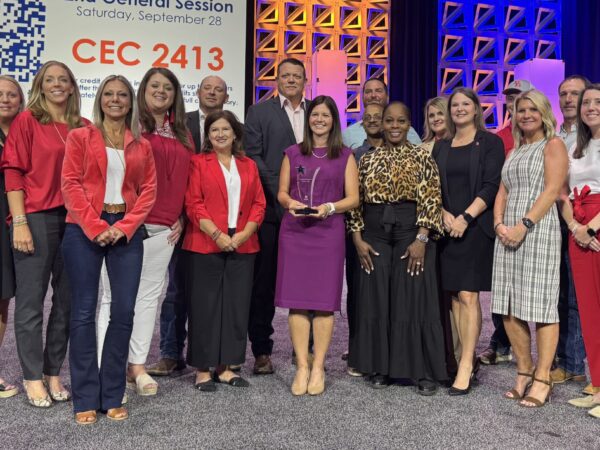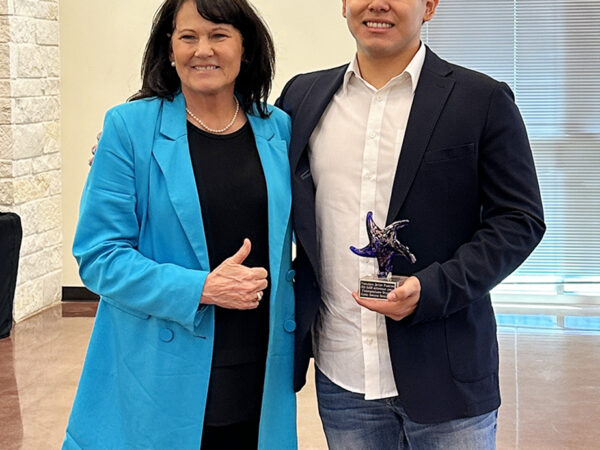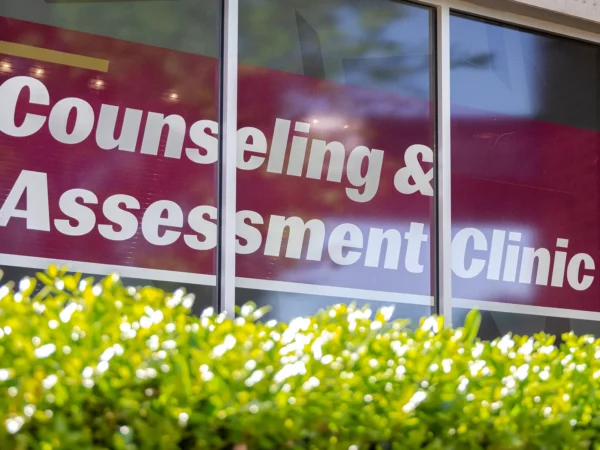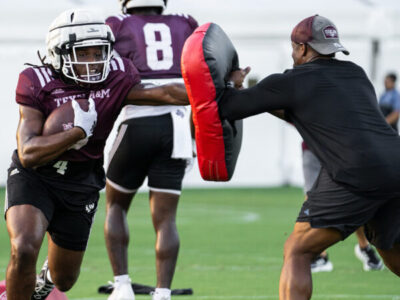How race affected NFL attendance after protests in 2016
How did the 2016 NFL protests affect game attendance? Professor and sport management researcher Dr. George Cunningham reviewed NFL attendance and racial attitudes data to understand if racial bias had an impact.
In 2016, NFL player Colin Kaepernick protested the recent violence against Black Americans by choosing not to stand during the pre-game national anthem. Other players, in various sports, followed suit. Some fans took offense to players kneeling, deeming it unpatriotic.
“We suspected that there may be other motives for the resistance to the protest, especially since it was around Black Lives Matter and predominantly African American players protesting,” Cunningham said.
He wondered if fans’ resistance to these protests was a matter of patriotism or if racism played any role in it.
Cunningham joined forces with Dr. Nicholas Watanabe, a sports economist at the University of South Carolina, to take a closer look through data analysis. They found that as implicit racial bias went up, attendance went down.
“We utilized economic methods that allows us to analyze whether various forms of racial bias had an impact on attendance at NFL regular season games,” Watanabe said. “Using these methods allows us to control for other factors that can influence attendance, such as the strength of teams or timing of games, as well as estimate how big of an impact the factors had.”
They looked at data from cities with major NFL teams, specifically explicit and implicit biases that residents harbored.
“Some biases are explicit, like when you consciously think, ‘I like that group or I do not like that group’ and others are implicit, where people usually think that they are fair minded and yet show an unconscious form of racism,” Cunningham said.
How is implicit bias measured?
Implicit bias can be trickier to identify because people will demonstrate this bias in subtle ways. Cunningham and Watanabe used data made publicly available by Project Implicit, a virtual laboratory that collects data through online testing.
“The test presents you with multiple options, asks you to share positive or negative associations and tracks your responses as well as how long you linger on certain questions,” Cunningham said.
They found that implicit bias played more of a role in influencing consumer decision to attend games than other measures and other forms of racial bias. Cunningham suspects this might be because those with explicit bias were already less likely to attend games prior to the protests.
“I think the increase in discussions about race and racism from the protests could have queued that implicit racism among the consumers,” Cunningham said. “For the explicit racist, it does not matter one way or the other, they are going to have negative attitudes toward the players.”
Implicit bias at the community level
Cunningham said typically implicit bias is weakly related to outcomes at the individual level; however, it can have larger impacts at the community level.
“Our implicit bias may or may not predict decisions people make on a regular basis, but at the community level, it takes on a culture-like property,” Cunningham said.
In this case, the consumer’s choice to attend a game is much stronger when viewing the community as a whole than it is when looking at any one individual in a community.
Cunningham said because of this, we should tackle implicit bias at the community level. Increasing representation and equality are just a few ways that communities can reduce implicit bias.
“News that we report on and how we report it, even pictures in an office all send messages that people take in and process in their minds, forming linkages,” Cunningham said. “Having better and more positive representation of all groups can help fight that bias.”
What can you do to fight implicit bias?
Cunningham said taking measures to be around people who are not like you is a step in the right direction and could influence your peers to do the same.
“If everybody did that, then it could start to take on that group property, and has potential to become the new culture,” Cunningham said.
Overall, Cunningham said the protests did not cause a huge dip in attendance, contrary to some of the narratives that took place at the time.
“Implicit racism, was just a part of many factors that contributed to people’s decision to attend the games,” Cunningham said.
About the Writer
Heather is responsible for news coverage in the Department of Health and Kinesiology, as well as the Department of Educational Administration and Human Resource Development.
Articles by HeatherFor media inquiries, contact our Media Relations Coordinator, Ashley Green
Fundraising
To learn more about how you can assist in fundraising, contact Amy Hurley, Director of Development ahurley@txamfoundation.com or 979-847-9455














